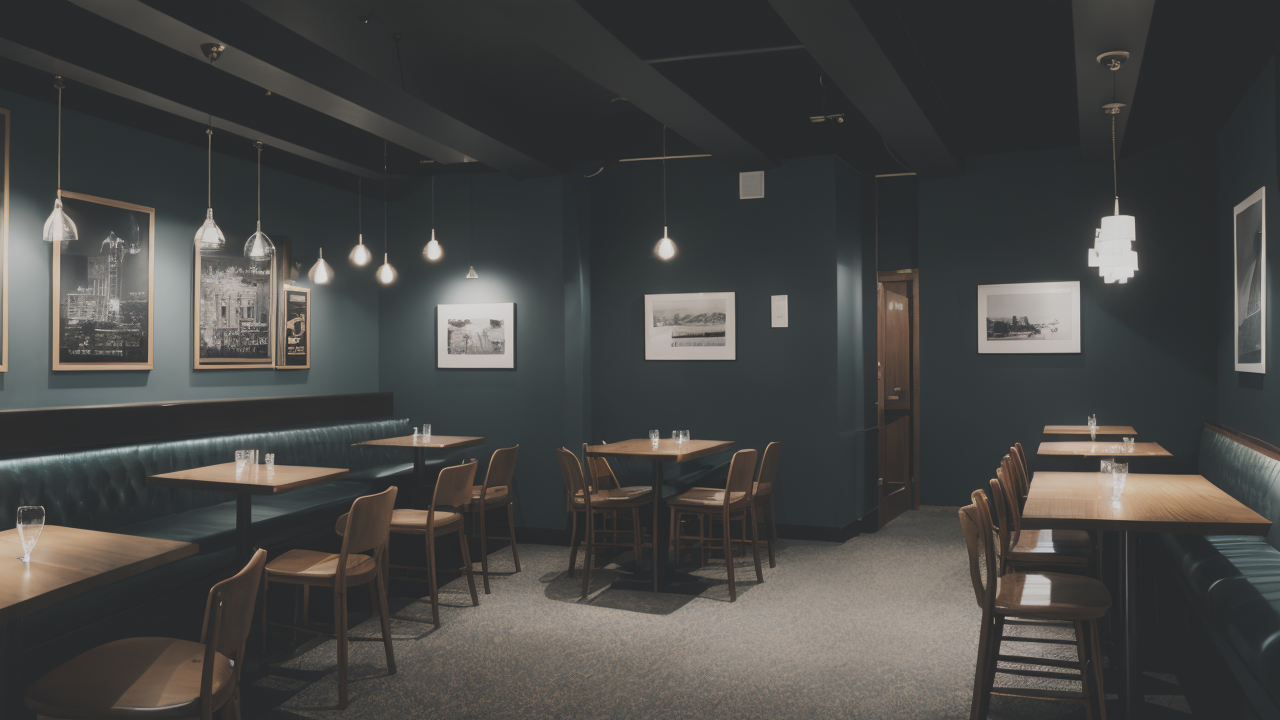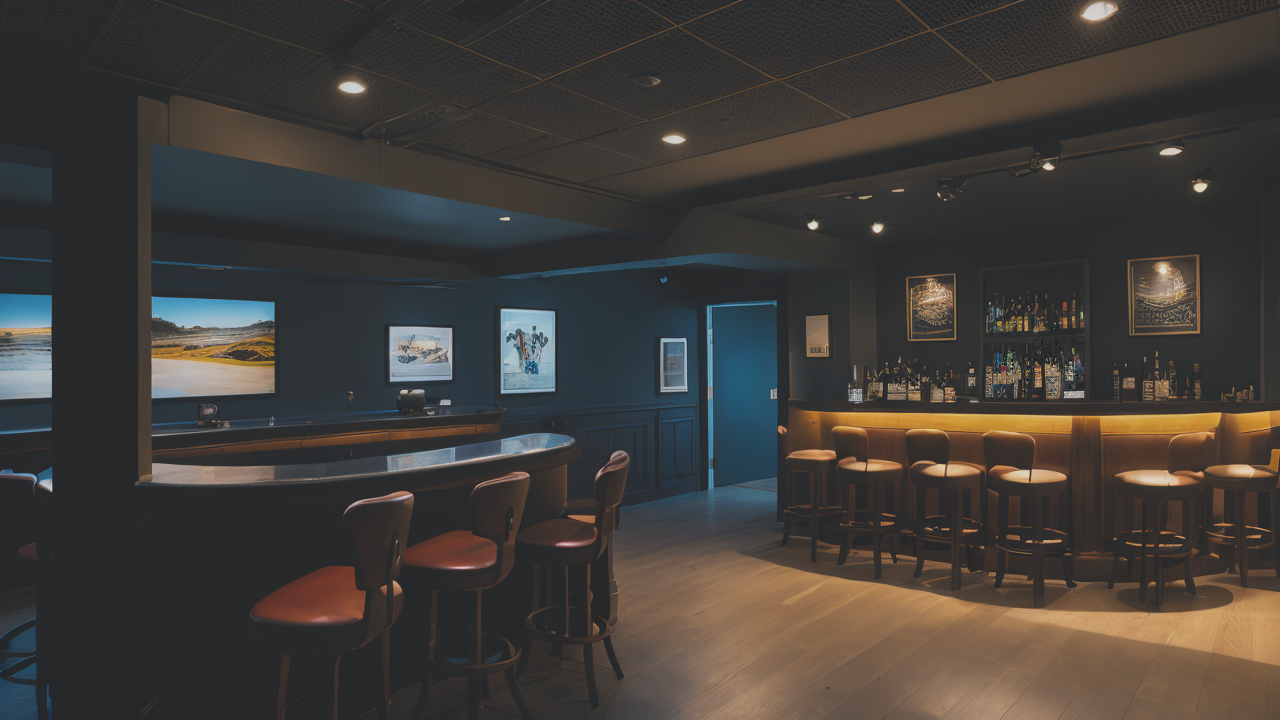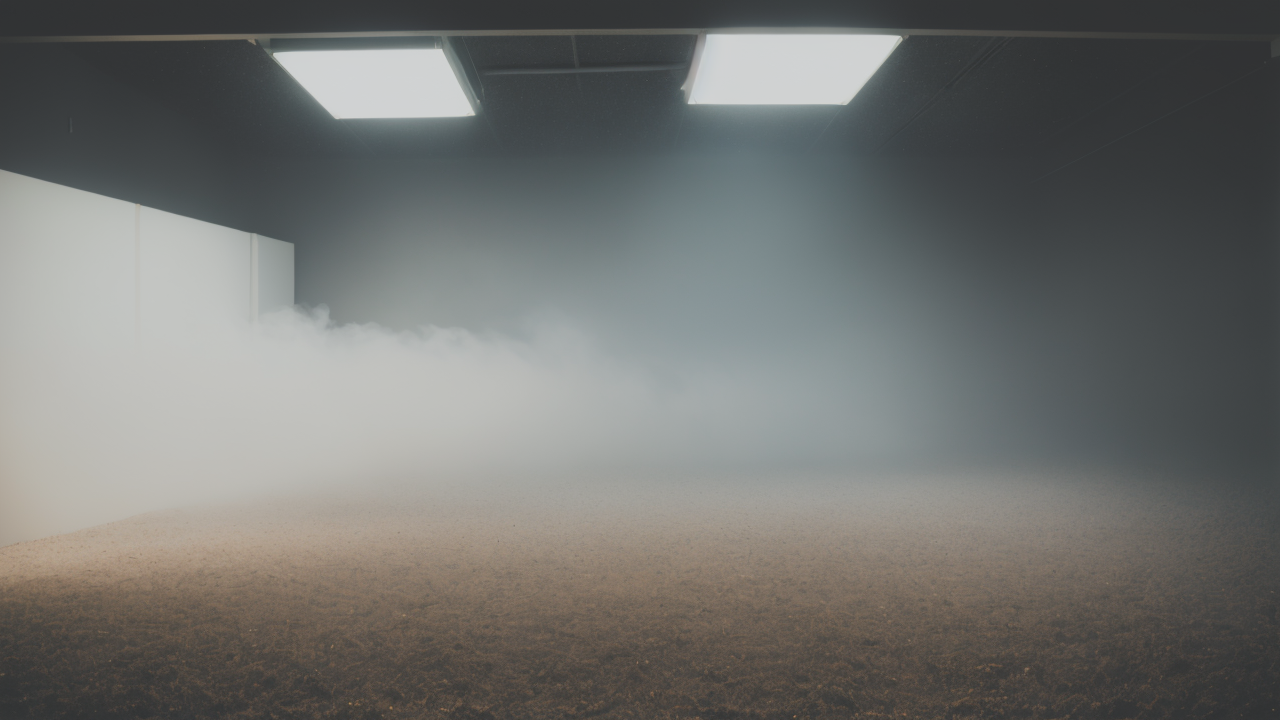
From Canvas to Bar: Integrating Art and Functionality in American Interior Design
The Rise of Minimalist Art in the United States Bars and Restaurants
Understanding the Minimalist Movement in Interior Design
Minimalist art has become a key trend in American bar and restaurant design. This style focuses on simplicity and clean lines. It strips away excess, leaving only essential elements. In interior design, this means using basic shapes and a limited color palette. Minimalist spaces often feature bare walls, simple furniture, and carefully chosen art pieces.

The movement began in the 1960s as a reaction to abstract expressionism. It quickly spread to architecture and interior design. Today, it's popular in bars and restaurants for its modern, sleek look. Minimalism creates a calm, uncluttered atmosphere that many patrons find appealing. It allows the food, drinks, and social interactions to take center stage.
Impact of Visual Art on Patron Experience
Visual art in bars and restaurants can greatly enhance the customer experience. Minimalist art, in particular, can create a sophisticated and relaxing atmosphere. It can make spaces feel larger and more open. This is especially useful in smaller venues. Art can also serve as a conversation starter among patrons.
Studies show that the right art can influence mood and behavior. In bars, calming minimalist pieces may encourage longer stays and higher spending. The art can also reinforce a venue's brand identity. It helps create a memorable experience that sets the bar apart from competitors. Some bars even rotate their art displays, giving regulars a reason to return and see what's new.
Case Studies: Successful Minimalist Design in the US Market
Several US bars have successfully integrated minimalist art into their design. The NoMad Bar in New York City is a prime example. It features high ceilings and sparse decor, with a few carefully chosen art pieces. These add visual interest without cluttering the space. The result is an elegant, modern atmosphere that has made the bar a popular destination.
In Chicago, The Aviary takes a different approach. It uses minimalist principles in both its decor and its innovative cocktails. The bar's clean lines and simple color scheme provide a neutral backdrop. This allows the artfully crafted drinks to shine. In Los Angeles, The Walker Inn uses subtle, minimalist art to enhance its intimate speakeasy vibe. These cases show how minimalist art can be adapted to different bar concepts and styles.
Balancing Aesthetics and Practicality in Bar Design
The Role of Minimalist Art in Creating Ambiance
Minimalist art plays a crucial role in shaping a bar's ambiance. It can create a sense of calm and sophistication. The simplicity of minimalist pieces allows them to blend seamlessly with other design elements. This creates a cohesive look throughout the space. Large, bold pieces can serve as focal points, drawing the eye and creating visual interest.

Color choice in minimalist art is particularly important for setting the mood. Cool tones like blues and greys can create a relaxing atmosphere. Warmer tones like reds and oranges can add energy to the space. The placement of art also matters. Strategic positioning can guide patrons' eyes and movement through the bar. This can help with traffic flow and highlight key areas like the bar itself or special seating areas.
Navigating the Practicalities of Art Installation
Installing art in a bar setting presents unique challenges. Durability is key, as pieces must withstand high traffic and potential spills. Mounting methods must be secure to ensure safety. Lighting is another important factor. Proper illumination can enhance the art and the overall atmosphere. However, it must be balanced with practical lighting needs for service and safety.
Bar owners should consider the viewing distance when selecting and placing art. Pieces that look good up close may not have the same impact when viewed from across a crowded room. Size and scale are also important. Art should be proportionate to the space and not overwhelm other design elements. Finally, owners must consider how the art will interact with other decor items like mirrors, menus, or signage.
Maintaining and Caring for Minimalist Art
Proper maintenance is crucial for preserving minimalist art in a bar setting. Regular cleaning is essential to prevent damage from smoke, dust, and spills. Use gentle, non-abrasive cleaners appropriate for the art medium. For paintings, avoid touching the surface directly. Instead, dust frames carefully with a soft, dry cloth.
Climate control is also important. Extreme temperature changes or high humidity can damage art. If possible, install climate control systems to maintain stable conditions. UV protection is another consideration. Sunlight can fade and damage art over time. Use UV-filtering window film or rotate pieces to minimize exposure. Finally, consider professional conservation services for valuable or delicate pieces. Regular inspections can catch and address any issues early.
Legal and Financial Considerations for Bar Owners
Copyright and Authentication: When Art Meets Business
Bar owners must be aware of copyright laws when using art in their establishments. Displaying copyrighted works without permission can lead to legal issues. Always obtain proper licenses or permissions before using any artwork. This includes reproductions and digital displays. For original pieces, ensure you have clear documentation of ownership and authenticity.

Authentication is crucial when investing in valuable art pieces. Work with reputable galleries or art consultants to verify the authenticity of purchases. Keep detailed records of provenance and any certificates of authenticity. These documents are important for insurance purposes and potential future sales. Consider having valuable pieces appraised regularly to keep valuations up to date.
Investing in Minimalist Art: A Financial Overview
Investing in minimalist art for a bar can be a significant financial decision. Initial costs can be high, especially for original pieces by well-known artists. However, art can be viewed as a long-term investment. Quality pieces may appreciate in value over time. This can add to the overall value of the business. Consider factors like the artist's reputation, the piece's condition, and market trends when making purchases.
Budgeting for art should be part of the overall design plan. Allocate funds not just for purchases, but also for installation, maintenance, and insurance. Consider options like leasing art or participating in art rental programs. These can provide flexibility and allow for rotating displays. Remember that the right art can enhance the customer experience and potentially increase revenue. Balance the cost against potential returns when making investment decisions.
Navigating Legalities and Best Practices in Art Acquisition
When acquiring art for a bar, follow best practices to avoid legal issues. Always use written contracts for purchases or commissions. These should clearly outline terms of sale, delivery, and any specific conditions. Be cautious of deals that seem too good to be true. They may involve stolen or counterfeit art. Research the seller's reputation and ask for references when dealing with new sources.
Understand import and export laws if purchasing art from overseas. Certain artworks may be subject to restrictions or additional taxes. For commissioned pieces, clearly define expectations and usage rights in the contract. This can prevent misunderstandings and potential legal disputes later. Finally, consider joining professional organizations for bar owners or art collectors. These can provide valuable resources and guidance on legal and ethical art acquisition practices.


